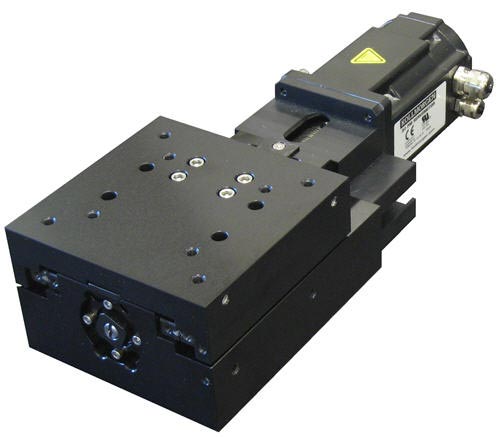
Why automated parts inspection is important in manufacturing

Inspection in manufacturing is a process that involves the testing, gauging, measuring, and examination of a material or specimen, with the express purpose of determining whether or not it is in proper condition.
Typically, specified standards are set, against which the results of the inspection are compared to establish if the material being inspected is able to pass this stage of quality control.
In the past, inspection used to be performed solely by human agents, a special workforce that was commonly equipped with the necessary paraphernalia, and sometimes, simply by their bare senses.
But with advances in science and technology, as well as the increasing demand from consumers – both from a quality and quantity standpoint – automated parts inspection has become one of the most important and valuable tools that today’s manufacturing companies have come to employ.
Today’s modern inspection equipment typically make use of esoteric technologies like optics, probes, and motion systems with highly accurate translation stages and precision ball screw actuators.
Indeed the automation of inspection procedures has enabled the production of better-quality products in even greater numbers.
But how exactly does automated parts inspection enable the mechanism that improves the reliability of manufacturing processes? Here’s a quick rundown of the most important factors.
It supports mass production
Before the industrial revolution and the rise of assembly lines, the manufacturing of machineries and mechanisms didn’t necessitate the production of components that are completely similar to one another in terms of composition and physical dimensions.
If any part did not fit a contraption at the time of assembly, a craftsperson would simply make adjustments to the other components so as to make the entire product work together in the end.
But as mass production became the norm, the need to manufacture components that can properly fit into any corresponding mating parts has become mandatory.
In the mass production of automobiles, for example, manufacturing the components within standardized parameters is the only way to produce various vehicle parts in large numbers while still ensuring that they will all fit together during the later stages of production.
By helping ensure that all parts are measured according to specific dimensions and quality standards, automated parts inspection enables manufacturers to mass produce these components at full speed and without delay.
It allows for more thorough testing
In many cases, manual inspections alone are not enough to completely scrutinize a manufactured component for fabrication defects. Sometimes, even the tiniest of flaws can bring about catastrophic failures that can result in loss of life or property.
To prevent this from happening, employing highly efficient automatic testing technologies is necessary.
In manufacturing printed circuit boards and semiconductor products for example, testing methods like automatic optical inspection and wafer probe testing is needed to ensure that each of the products is free from critical defects, whether it’s missing components or misaligned parts.
Because these products are used in a wide variety of electronic devices and equipment—from smartphones to supersonic jets—there is simply no room for error when it comes to manufacturing them.
Reduces manufacturing costs
Mass production has allowed for manufacturers to achieve unprecedented levels of economies of scale.
However, this doesn’t mean that businesses can rest on their laurels and stop innovating, simply because labor tends to account for the biggest expense that manufacturers have to content with.
Moreover, when it comes to parts inspection, a bigger workforce tends to become necessary the more complex a product becomes.
For many companies, labor costs can be minimized through the acquisition of advanced automated inspection facilities. And with the help of such equipment, they can likewise reduce the amount of manufacturing materials being wasted, further cutting down a company’s overall manufacturing costs.
As you can imagine, automated parts inspection is one of the best technologies that manufacturers can take advantage of. If you’re engaged in the production of critical electronic, electrical, or industrial components, it might be worth considering what this technology can do for your business.
Promoted


